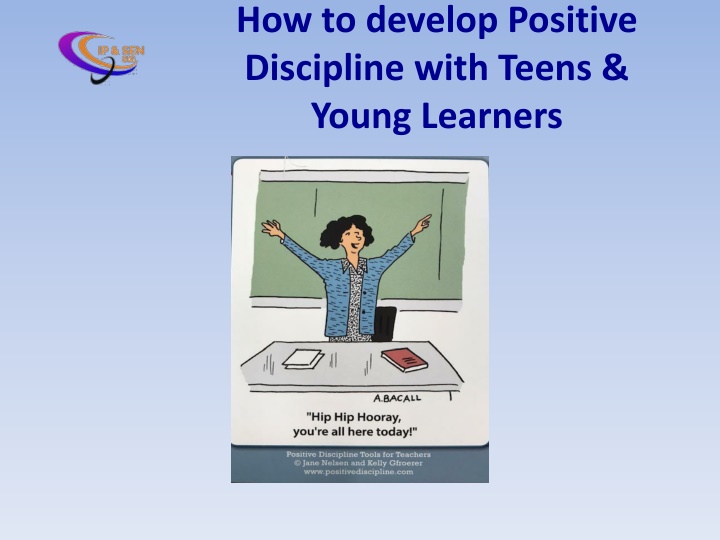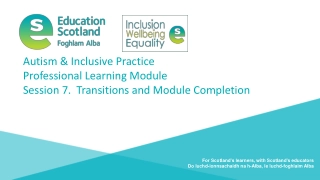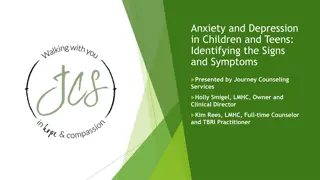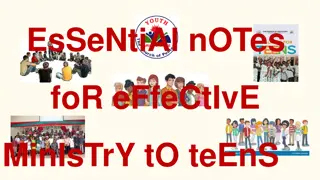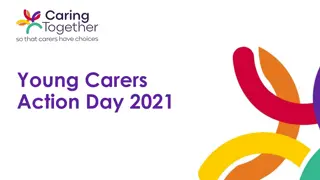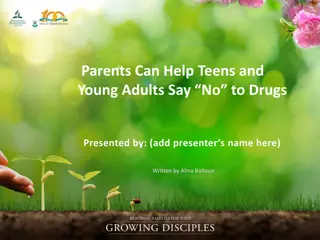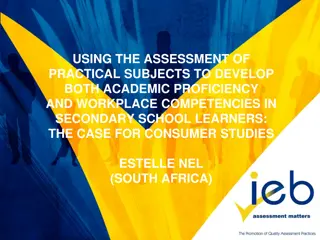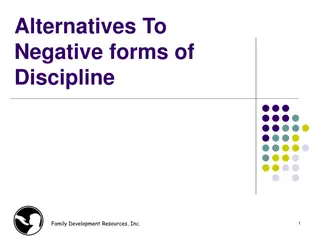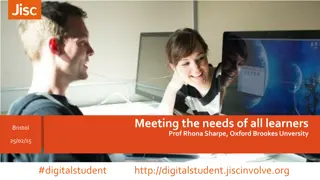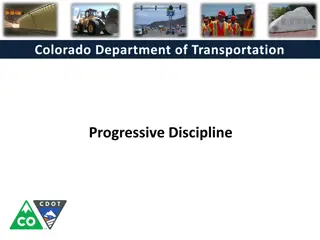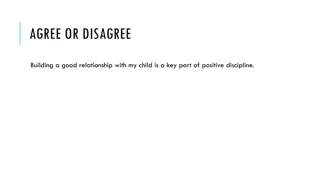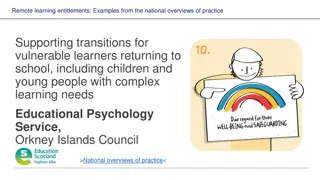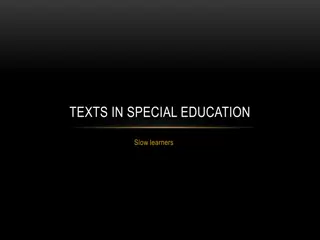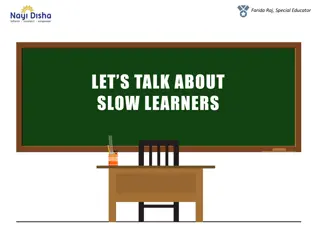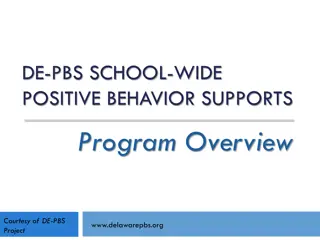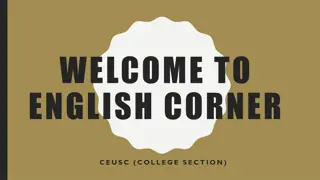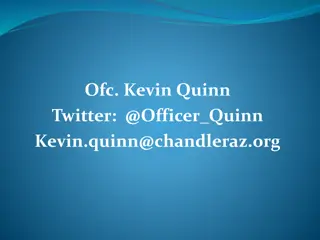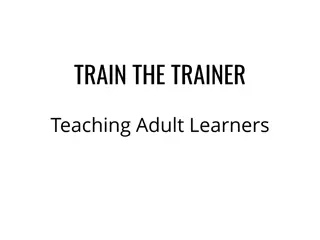Developing Positive Discipline with Teens & Young Learners
Discover effective strategies for fostering positive discipline in teens and young learners based on the principles of connection, mutual respect, problem-solving, and intrinsic motivation. Overcome common challenges in the classroom and understand how mistaken beliefs influence student behavior. Learn to respond effectively to behaviors like show-off tendencies, whininess, and know-it-all attitudes to create a supportive learning environment.
Download Presentation

Please find below an Image/Link to download the presentation.
The content on the website is provided AS IS for your information and personal use only. It may not be sold, licensed, or shared on other websites without obtaining consent from the author.If you encounter any issues during the download, it is possible that the publisher has removed the file from their server.
You are allowed to download the files provided on this website for personal or commercial use, subject to the condition that they are used lawfully. All files are the property of their respective owners.
The content on the website is provided AS IS for your information and personal use only. It may not be sold, licensed, or shared on other websites without obtaining consent from the author.
E N D
Presentation Transcript
How to develop Positive Discipline with Teens & Young Learners
Background Alfred Adler (1870-1937) Rudolf Dreikurs (1897-1972) Jane Nelsen
Everyone wants - to belong - to feel valued - to have a choice - to have a voice - to contribute
The Basics of PD Creating connection Mutual respect Problem-solving & autonomy Intrinsic motivation not rewards Focus on unmet needs not punishments
What challenges do you face in your classroom?
Challenges Chatting Answering back Lack of motivation Lying Not listening
Mistaken Beliefs - Think of a difficult student - How do they act? - How do they make you feel? - How do you often react? Is this effective?
The Show off Behaviour: disrupts, interrupts, class clown Teacher feels: annoyed, irritated Student s belief: I belong only when I m getting attention Effective Response: Provide positive opportunities to contribute
Whiny & helpless Teacher feels: Guilty, responsible, sorry for him/her Student s belief: I belong only when I keep others busy with me Effective response: Train in problem solving, promote autonomy & allow failure
Mr Know It All Teacher feels: Challenged, provoked Student s belief: I belong only when I m in control & when I ve won Effective response: Withdraw from conflict, give choices
Rude & Destructive Teacher feels: Hurt, angry, retaliating Student s belief: I don t belong so I ll hurt others like I m hurt Effective response: Connect, gain trust, avoid punishment
Indifferent & Withdrawn Teacher feels: Discouraged, helpless Student s belief: I don t count because I m inferior, I ll convince others to expect nothing from me Effective response: Continued faith & confidence, remind past successes
Problem Solving Steps - Identify a problem - Brainstorm as many solutions as possible - Choose one - Try it for a week - Review at next class meeting - Evaluate & choose another one if necessary
Self Care - Make a list of things to feed your heart & soul - Make time for yourself EVERY DAY - I m a brilliant teacher photo album - Ask for help - Give up guilt - Hang out with positive vibes
Mistakes are wonderful opportunities to learn! The 4 Rs of Recovery: RECOGNIZE you made a mistake Take RESPONSIBILITY for your behaviour RECONCILE and apologize if necessary RESOLVE by focusing on a solution
